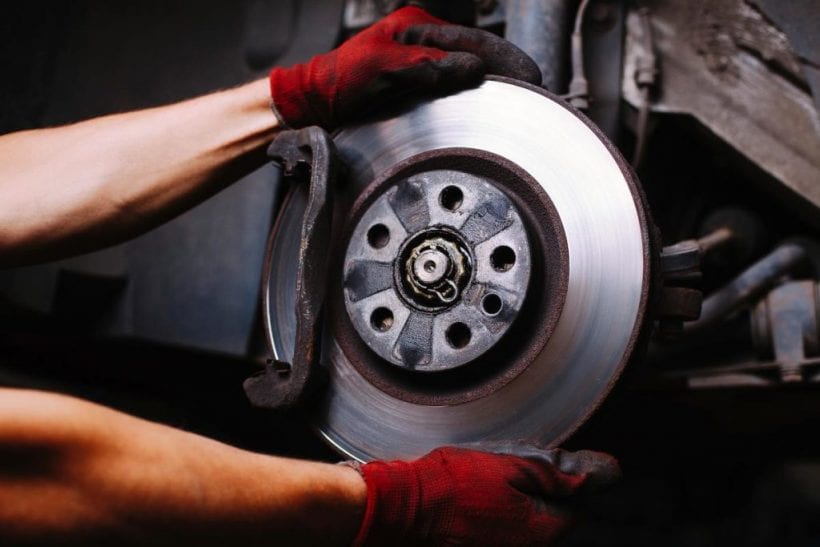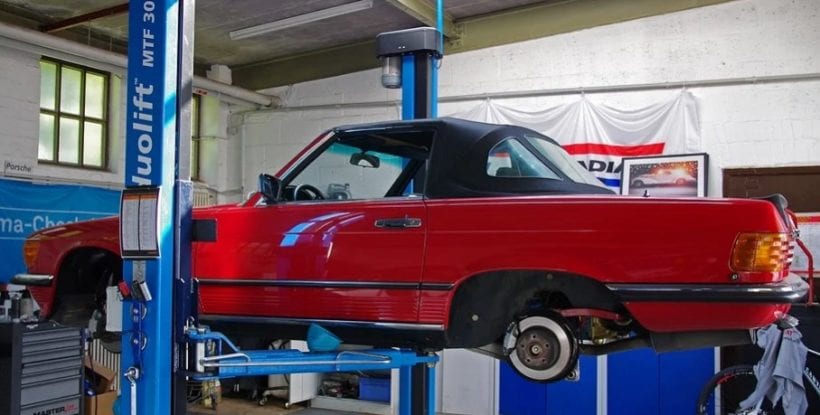Your vehicle’s brake system hides behind the tires, under the vehicle, and out of sight. Yet, it’s one of your car’s most crucial systems and ensures your safety in times of trouble.
You can expect to change your brake pads and rotors a few times throughout your vehicle’s ownership. The lifespan of these parts is dependent on how you handle and care for them. Here are ten tips to help you extend your brake pads’ life, which will ensure a safer ride.
Slow Down
Yes, you read that right. Riding up to a car or an intersection at speed and then slamming on the brakes not only frightens your passengers but is the number one cause of brake pad wear. The design of the pads is to dissipate energy into heat. The harder you brake, the more energy dissipates and more heat is generated.
By slowing down by around 20kph, you can save around 33% of the energy needed to stop a vehicle. The less you use, the longer your brake pads will last.
You may also consider to cryogenically treat your brake rotors for extended life. Racing cars use this process, but that doesn’t mean that your car will now become a Formula 1 supercar or that you become a Nascar driver. Be sure to check this article for more information about the proces.
Keep Safe Traveling Distances

By keeping a safe traveling distance between you and the other vehicles, you’ll be able to lift your foot off the petrol and slow down before applying your brakes. You also won’t have to jam your foot into the floorboards leaving black tire tracks behind you.
Always match your speed to the traffic flow, which eliminates stop and start driving. Going up a hill makes sense to allow friction to slow you down instead of applying your brakes. Use free gravity to slow you down. Safe traveling distances lead to safer lives.
Anticipate
When coming up to a traffic light or intersection, slow down. There’s no need to rush up and then have to stop abruptly behind already stationary cars. Don’t worry what the drivers behind you think of you because they don’t pay for your brake pads.
Never ‘Two Foot’ Your Pedals
In this process, you tap your brake pedal while still having your foot on the accelerator. ‘Two Foot’ pedaling is a bad habit. It doesn’t bring the vehicle to a stop and only causes premature wear and tear on your brake pads.
Gear Down
Another strategy for preserving your brake pads is using your gears to slow you down. When approaching an intersection or a change of speed limit, change down to a lower gear and use the engine to slow you down.
Replace the Vehicle’s Rotors
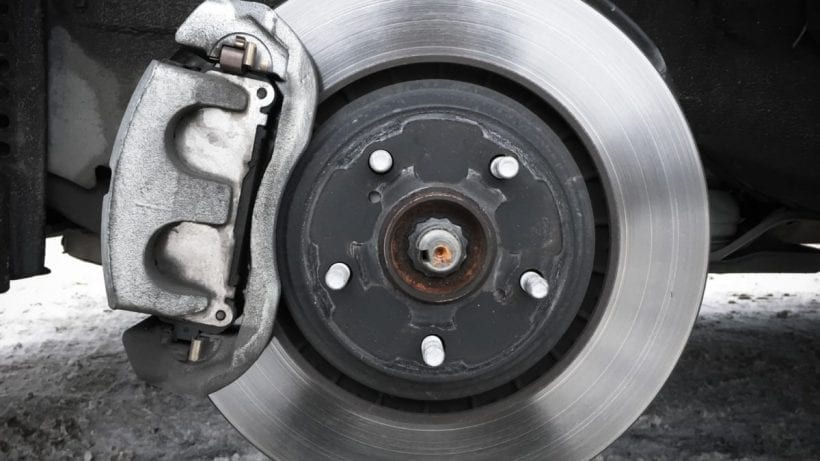
The brake pads are only as effective as the rotors they engage. These parts will usually outlast your pads, but you’ll need to have them checked and rotated. Replace your rotors when scored or pitted, even if the brake pads are still in good condition.
Replacing rotors is sound advice as worn parts will wear down your brake pads and cost you more in the long run.
By applying an alternative called Controlled Thermal Processing to the parts, you can extend their lives. You can reduce rotor wear, warping, cracking, and pad wear.
Clean the Drums, Rotors, and Pads
Brake pads grind down over time when you apply them, and this generates dust that settles on all the parts. Use a high-pressure hose to blow dirt and dust from your brake system.
Flush the System
Flush your brake system to ensure safety. We suggest every two to three years. Brake fluid attracts water, and when heated, this moisture can boil, thus reducing your brakes’ effectiveness. Moisture also causes the corrosion of metal parts and the disintegration of the rubber seals.
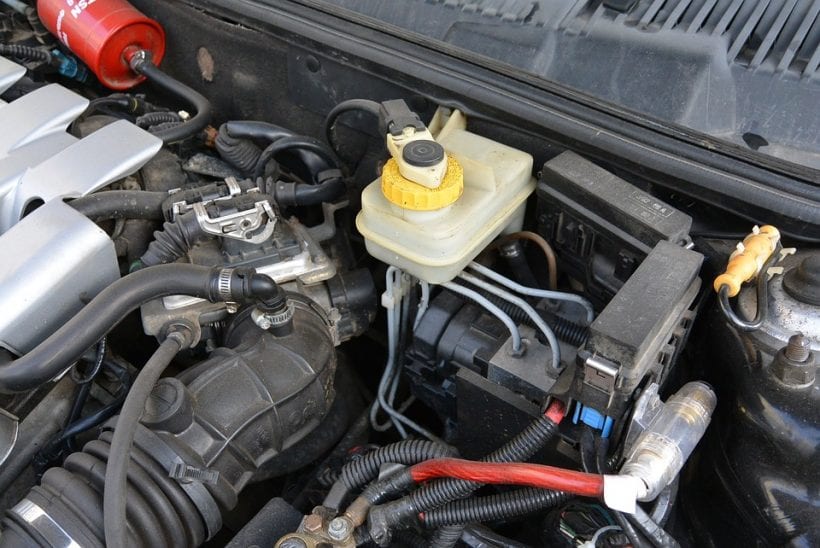
Check Your Brake Fluid
Check your brake fluid every time you fill-up your vehicle. Air can enter the system If there’s not enough liquid in the reservoir. A lack of fluid can cause a delay in your brakes taking effect or total failure.
Bleed Your Brakes
Air can enter the system through faulty rubber seals or lack of fluid. The air in the system will lead to a delay in the response of your brakes. Have your mechanic do this at every service.
Early Signs of Trouble
You should always be alert for any of the following signs, and if any are present, contact a mechanic and don’t attempt to repair your brakes on your own unless qualified to do so.
The Brake Light Comes On
A lit brake light could be a sign of low fluid, an issue with the anti-lock braking system, sensors, or other causes.
Fluid Leaks
Brake fluid is colorless and has an oily feel. If there’s a puddle around your tires, don’t assume it’s from the air conditioner or condensation. Check it out because air can get into the system, and the brakes can fail.
Brakes Feel Soft
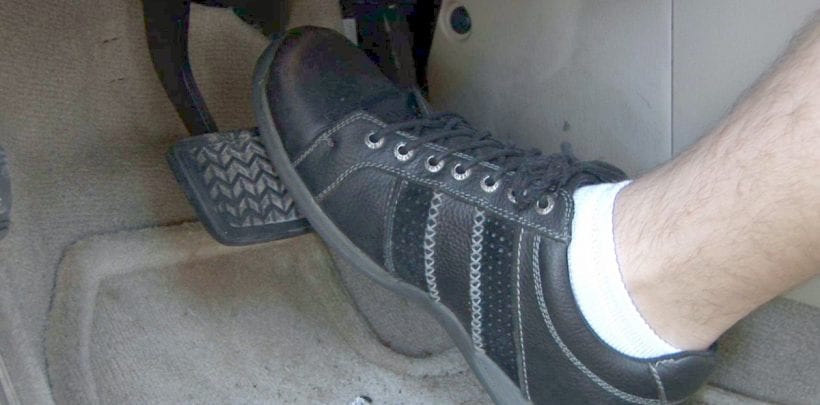
If your brakes feel soft or spongy, have them checked out. Soft brakes could mean that the brake fluid is low, air or water has got into the system, or the rubber seals have deteriorated.
Grinding Noise When Braking
Noises are a sign that your brake pads have worn through, and the base metal is now grinding against the rotors damaging them as well. Any noise needs immediate attention as your brakes could seize up if they get too hot.
To Wrap Up
It’s not only a matter of braking less that’ll extend your brake pads and rotors’ life but the whole ethos of looking after your vehicle and all its working parts. Regular services and checkups by a qualified mechanic will keep your vehicle in tip-top condition, and you’ll avert any life-challenging situations.
Don’t play with fire. Slow down and enjoy life. Worry less about what others might think and save some money.

